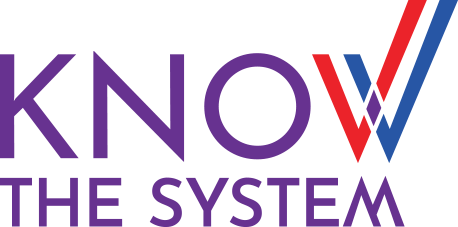Doug Lea, of Public Education, had been invited to the class to talk about Know The System. Dr. Lea was a Senior Design Fellow—a top-ranking technical position. This was an undergrad Learning Design class, and so he was answering questions both about KTS’s design methodology and about careers in the Public Education department.
In response to one student’s question, he had been discussing KTS’s procedures for when a user directly asks whom they should vote for—which was a very complicated situation and, for obvious reasons, heavily regulated. Then, a different student asked, “What about personal problems? Like if a user asks KTS what he or she should do about, say, an emotional crisis?”
“Yes, that is indeed a delicate matter, when the user wants you to be a therapist,” concurred Dr. Lea. “Sometimes we just punt, like ‘You have reached the limit of assistance that can be...’ And, ‘if this is an emergency, blah blah blah’.”
(Lea conventionally used first-person pronouns—I, we, us—when describing KTS’s automated interactions with users, even though the designers, himself included, did not interact directly with the users. Effective interactive design required deeply imagining details of the future conversations between the software and the user.)
Dr. Lea continued, “But on the other hand, our system does accumulate a lot of personal information, and of course we try to use it to be maximally helpful to the user. It just needs to always be clear to the user that there’s a judicious ‘line’ that’s being observed by the system.”
Professor Garfield had a very technical follow-on question. “Dr. Lea,” she queried, “which kind of format do you implement for organizing the user’s beliefs?”
“It’s a customized schema, compliant with ANSI 775.” Lea elaborated about their approach to evidence-based inferences, and how theories about the user’s contradictory beliefs were automatically catalogued.
Professor Garfield thanked Lea, and she turned to the class. “Questions for Dr. Lea? Anyone thought about potential careers in Public Ed?”
Ramesh’s hand shot up. “Yes, Dr. Lea? I’ve read about the oaths of conduct, required to work in your department of Public Ed, in Know The System. How long is that process? And, also, what percent of apprentices don’t make it?”
Lea’s demeanor turned very serious. “It’s actually quite a long process, and in fact it continues throughout our careers. I often suggest to people that it’s easiest to think of it like a religious cult.
“My analogy is not perfect,” Lea continued, “but there is a degree of long-term, iron commitment to the Rules that isn’t what you’d typically... But we prefer not to talk about percentages—I’ll just say that it’s a series of high bars and certainly some apprentices don’t make it.”
Garfield inserted, “And I understand—stop me if I’m asking sensitive questions—the Know The System division has a kind of internal court system, to evaluate when rule-breaking by staff members is alleged... Can you say what kinds of penalties can result, or just generally speak about that process?”
Lea smiled stiffly. “Yes, I’m afraid that’s a topic we generally don’t talk about outside the organization.”
“Of course!” Garfield said quickly, in a hurried attempt to avoid awkwardness. “Other questions, anyone?”


Leave a Reply